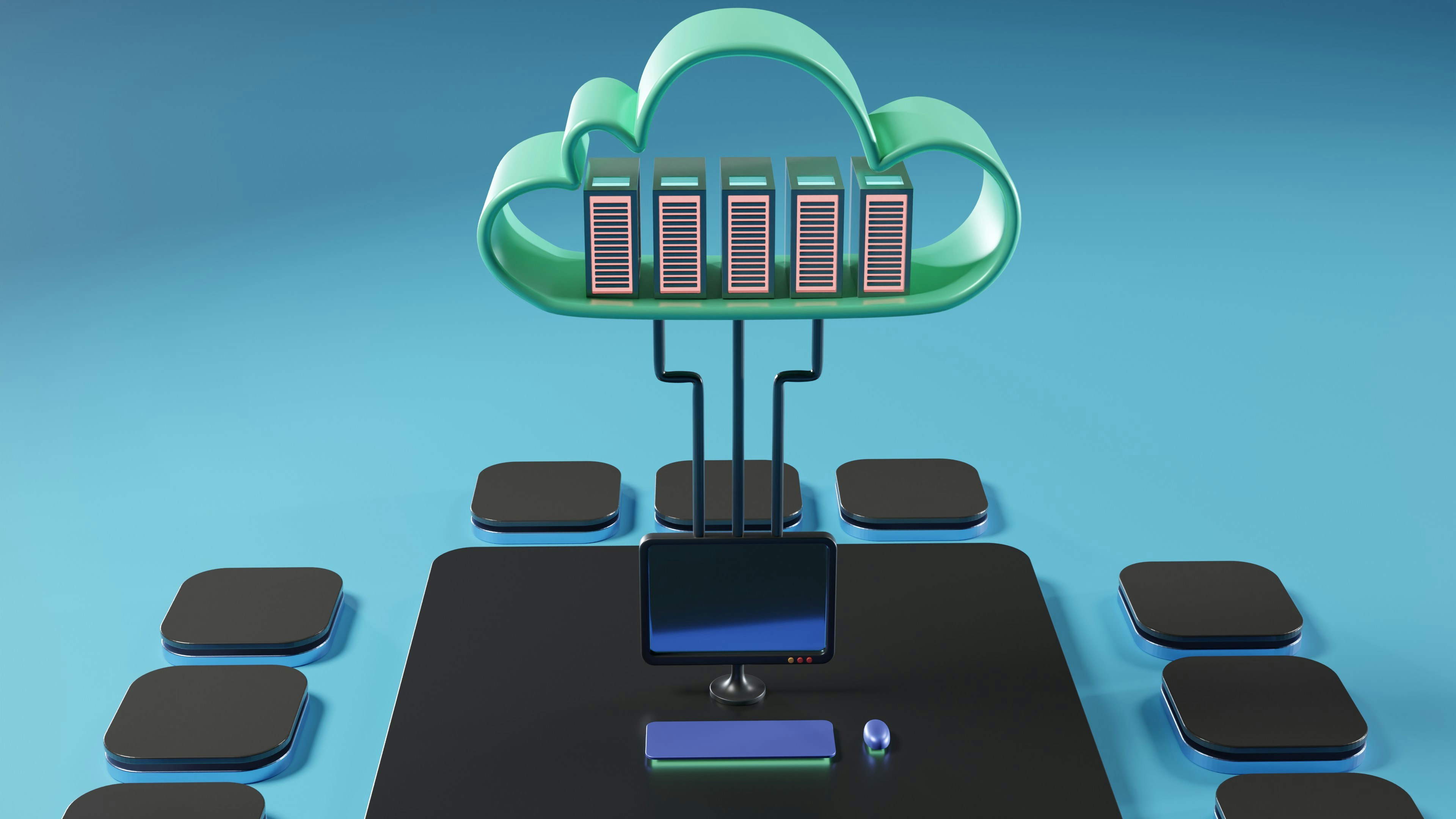Understanding the Importance of Cybersecurity
Cybersecurity, at its core, encompasses the practices and technologies designed to protect internet-connected systems, including hardware, software, and data, from cyber threats. In today’s digital age, where almost every aspect of our lives is intertwined with the internet, the significance of cybersecurity cannot be overstated. The rise of innovative digital services, while highly convenient, has also paved the way for a growing landscape of threats, which increasingly target individuals.
Among the most pressing risks are data breaches, identity theft, and various forms of cyberattacks. Data breaches occur when unauthorized parties gain access to sensitive information, posing significant risk to personal data such as social security numbers, bank account details, and medical history. Identity theft can lead to fraudulent activities under a victim’s name, resulting in severe financial loss and long-lasting repercussions. Cyberattacks, including phishing schemes and ransomware, further exemplify the challenges individuals face as cybercriminals continually develop sophisticated techniques to exploit vulnerabilities.
Individual users are often prime targets, as many underestimate the potential threats that exist online. Neglecting cybersecurity can have dire consequences, including not only financial loss but also a tarnished reputation and emotional distress. Maintaining robust online security is essential in mitigating such risks. Implementing effective security measures—such as regular software updates, strong and unique passwords, and the use of security software—is critical in protecting against the vast array of cyber threats that could compromise personal data.
In sum, understanding the importance of cybersecurity is fundamental to safeguarding personal data in an increasingly-connected world. By prioritizing online security, individuals can significantly reduce their vulnerability to cyber threats and protect their sensitive information against potential exploitations.
Best Practices for Password Management
Password management is a crucial aspect of online security. One of the most effective strategies to ensure that your personal data remains protected is by creating strong, unique passwords for each of your accounts. A strong password typically consists of at least 12 characters and includes a combination of uppercase letters, lowercase letters, numbers, and special symbols. This complexity makes it significantly more difficult for malicious actors to gain unauthorized access to your accounts.
It is essential to avoid using easily guessable information, such as birthdays, names, or common phrases. Instead, consider using a passphrase – a sequence of random words or a sentence that is easy for you to remember but hard for others to guess. For added security, regularly updating your passwords is a good practice, particularly for accounts that contain sensitive information.
Utilizing a password manager can streamline the process of managing multiple passwords while enhancing security. A password manager securely stores your passwords and can generate unique passwords for each of your accounts, ensuring that you have strong passwords without the need to remember each one. This practice not only reduces the risk of reusing passwords across different platforms but also protects you from potential data breaches.
Additionally, enabling two-factor authentication (2FA) on your accounts adds another layer of security. This method requires you to provide a second form of identification, such as a text message code or an authentication app, whenever you log in. Implementing 2FA significantly decreases the possibility of unauthorized access, even if your password is compromised.
By following these best practices for password management, you can dramatically reduce the risk of unauthorized access to your accounts, crucially protecting your personal data online.
Safeguarding Personal Information on Social Media
In an increasingly digitized world, social media platforms have become integral to daily communication and interaction. However, oversharing personal information on these platforms poses significant risks that users must acknowledge. Cybercriminals frequently prey on individuals who divulge too much about their lives, utilizing publicly available data to craft tailored phishing scams or engage in identity theft. To mitigate these threats, it is essential to adopt comprehensive strategies aimed at protecting personal information.
One of the primary steps individuals should take is to review and adjust their privacy settings on social media accounts. Most platforms offer multiple privacy controls that limit the visibility of posts and personal information to only approved friends or followers. Ensuring that your data is not readily accessible to the broader public can drastically reduce the risk of misuse. Additionally, be mindful of friend requests; not all social connections are genuine. Accepting requests from unknown individuals can open the door to potential deception, so it is advisable to vet these requests thoroughly.
Moreover, users should exercise caution when making posts, particularly those that involve sensitive data or locations. Public posts discussing travel plans or sharing exact geographical locations make it easier for malicious actors to target individuals while they are away from home. Instead, consider utilizing direct messages for sharing details with specific individuals or limiting posts to friends only.
In summary, safeguarding personal information on social media requires active engagement and vigilance. By implementing stringent privacy settings, cautiously managing friend requests, and being prudent about public disclosures, individuals can significantly enhance their security against cyber threats. Awareness and proactive measures are indispensable in maintaining a safe online presence, ultimately fostering a more secure digital environment.
How to Recognize and Avoid Phishing Scams
Phishing scams are one of the most prevalent methods used by cybercriminals to steal personal information. These scams can manifest in various forms including emails, text messages, and even deceptive websites. It is essential for individuals to be able to identify the different types of phishing attacks and the common red flags associated with them.
One common form of phishing is email phishing, where attackers send emails that appear to be from legitimate sources, such as banks or popular online services, with the intent of tricking users into providing sensitive information. Red flags to look for in these emails include generic salutations (e.g., “Dear Customer”), poor grammar and spelling, and urgent calls to action that pressure recipients to respond quickly. Furthermore, hovering over links without clicking can reveal suspicious URLs that do not match the purported sender’s website.
Another variant includes spear phishing, which targets specific individuals or organizations with personalized messages that leverage the recipient’s information, making them seem more credible. In such cases, it is crucial to be wary of unusual requests for personal data, particularly if they deviate from regular communication patterns.
To minimize the risk of falling victim to phishing, it is advisable to always verify the authenticity of requests. This can involve contacting the organization directly using a published phone number or official website rather than using contact information provided in the potentially fraudulent message.
If one suspects they have fallen victim to a phishing attempt, immediate action is necessary. Start by changing passwords for the compromised accounts and monitoring bank statements for unauthorized transactions. It is also beneficial to report the phishing attempt to relevant organizations, such as the Federal Trade Commission (FTC) or the local consumer protection agency, to help prevent further scams and protect others.







